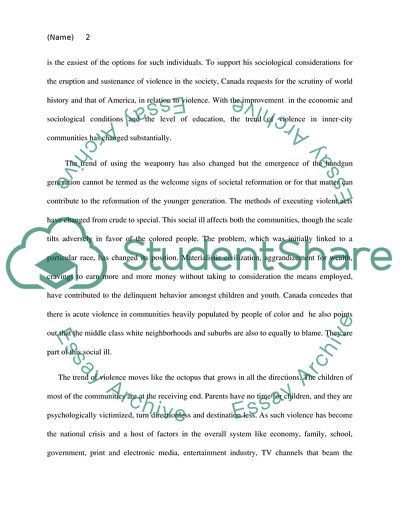Cite this document
(“Fist Stick Knife Gun: A Personal History of Violence Book Report/Review”, n.d.)
Fist Stick Knife Gun: A Personal History of Violence Book Report/Review. Retrieved from https://studentshare.org/psychology/1818272-book-reflection-on-fist-stick-knife-gun-a-personal-history-of-violence-by-geoffrey-canada
Fist Stick Knife Gun: A Personal History of Violence Book Report/Review. Retrieved from https://studentshare.org/psychology/1818272-book-reflection-on-fist-stick-knife-gun-a-personal-history-of-violence-by-geoffrey-canada
(Fist Stick Knife Gun: A Personal History of Violence Book Report/Review)
Fist Stick Knife Gun: A Personal History of Violence Book Report/Review. https://studentshare.org/psychology/1818272-book-reflection-on-fist-stick-knife-gun-a-personal-history-of-violence-by-geoffrey-canada.
Fist Stick Knife Gun: A Personal History of Violence Book Report/Review. https://studentshare.org/psychology/1818272-book-reflection-on-fist-stick-knife-gun-a-personal-history-of-violence-by-geoffrey-canada.
“Fist Stick Knife Gun: A Personal History of Violence Book Report/Review”, n.d. https://studentshare.org/psychology/1818272-book-reflection-on-fist-stick-knife-gun-a-personal-history-of-violence-by-geoffrey-canada.


